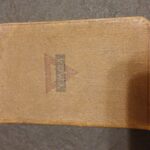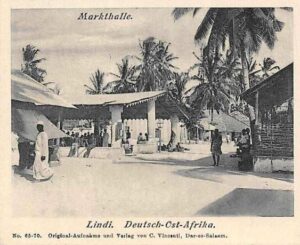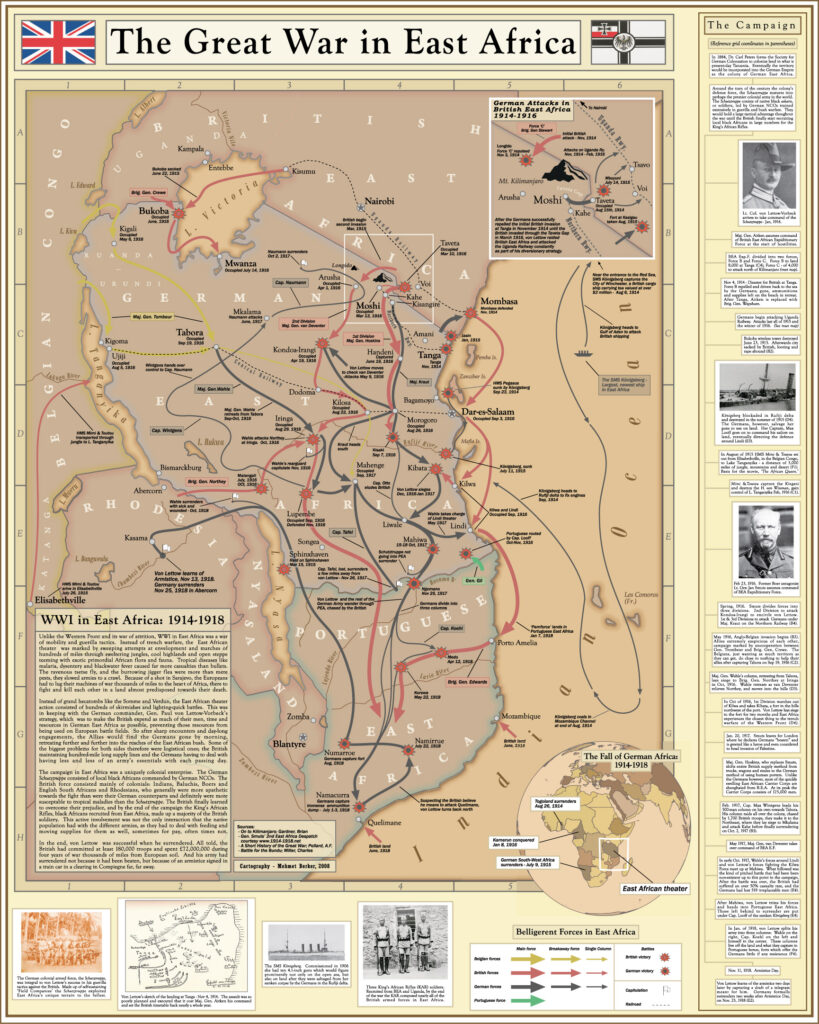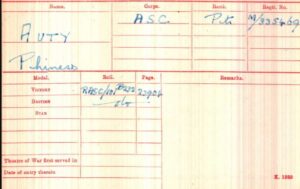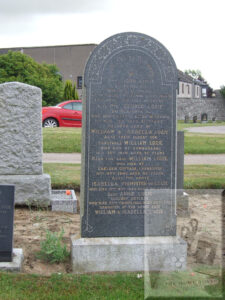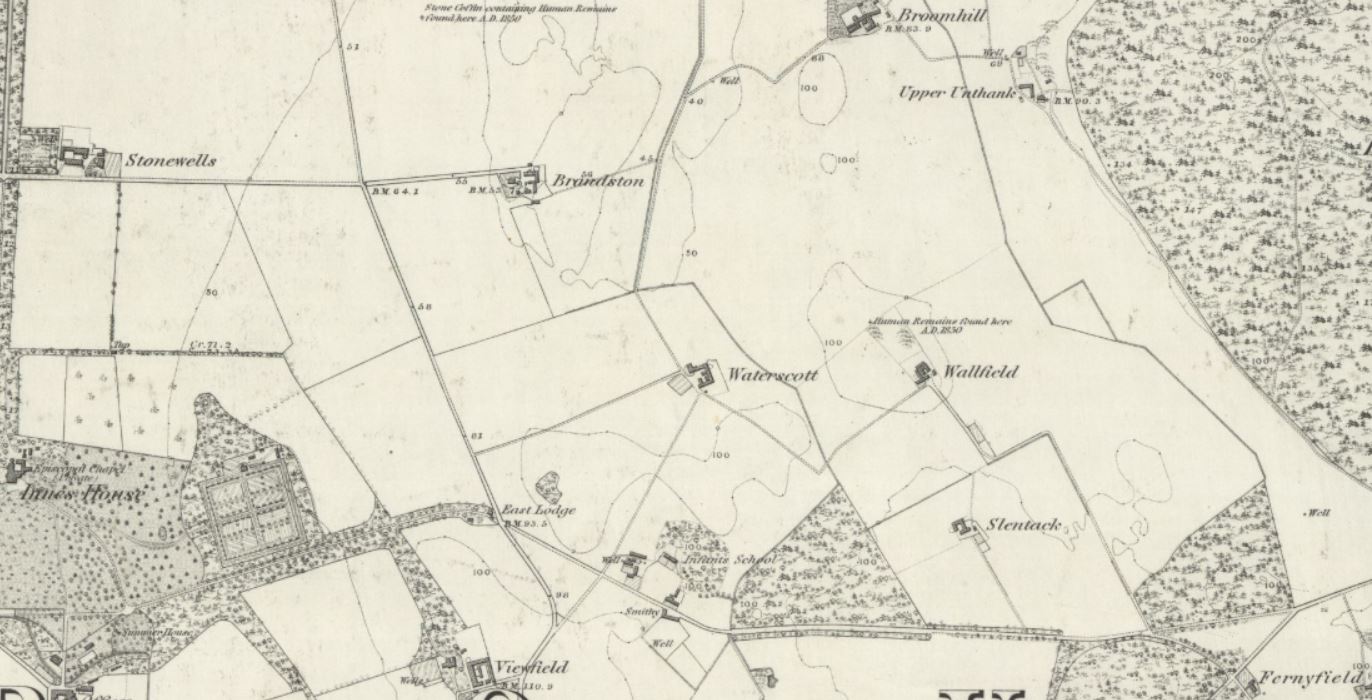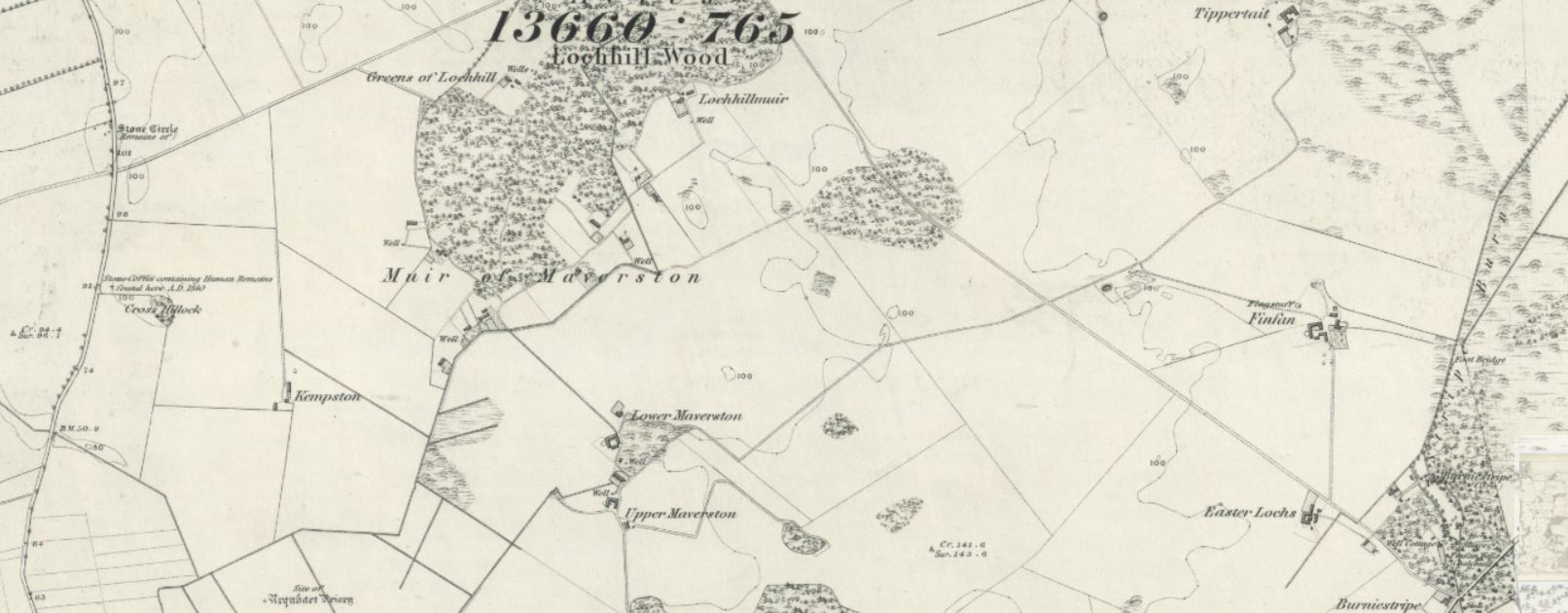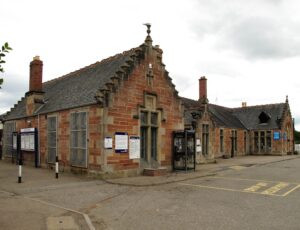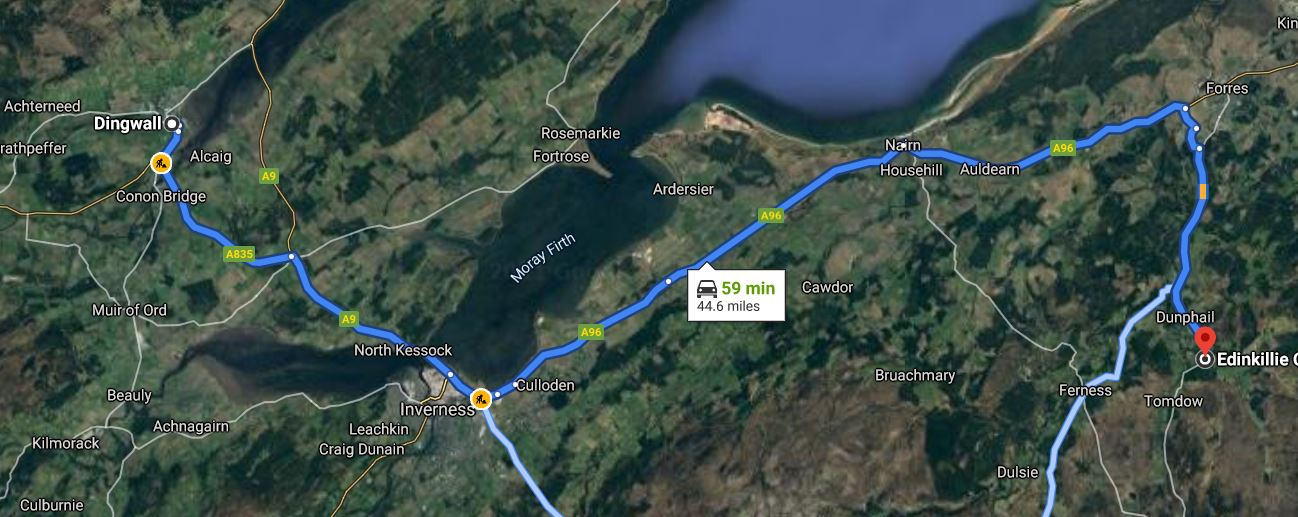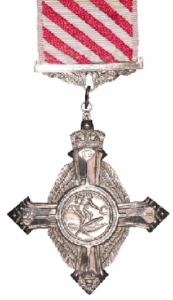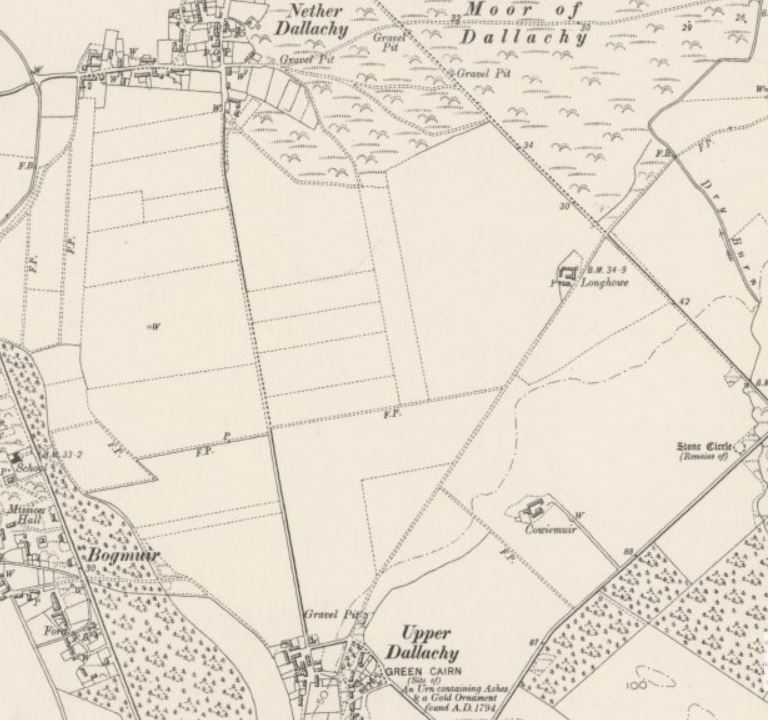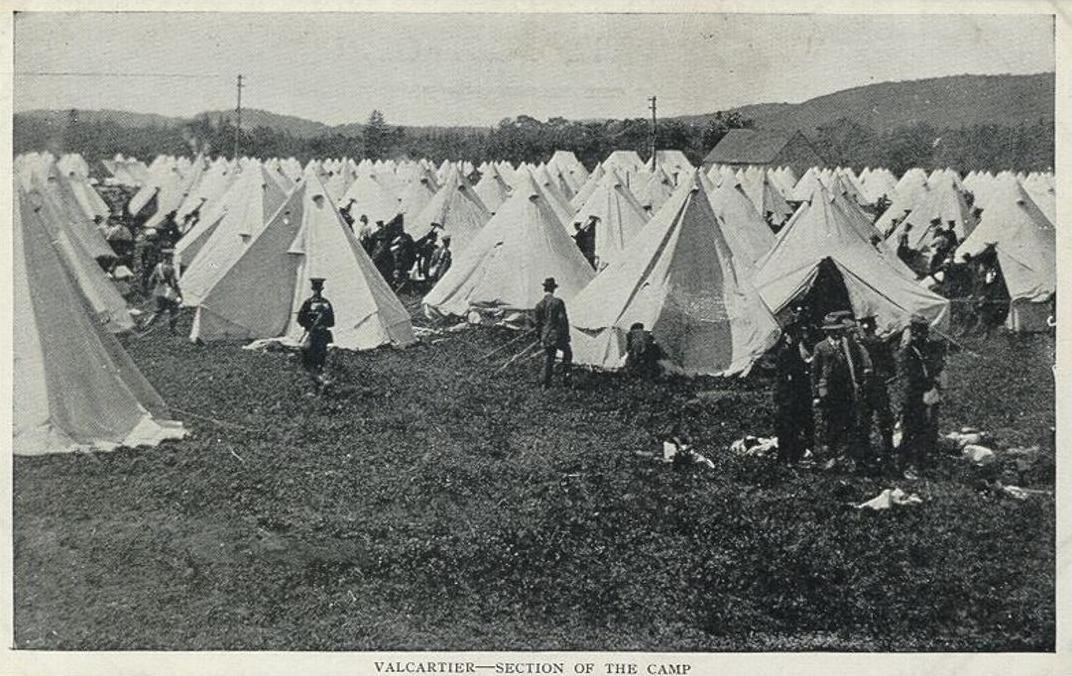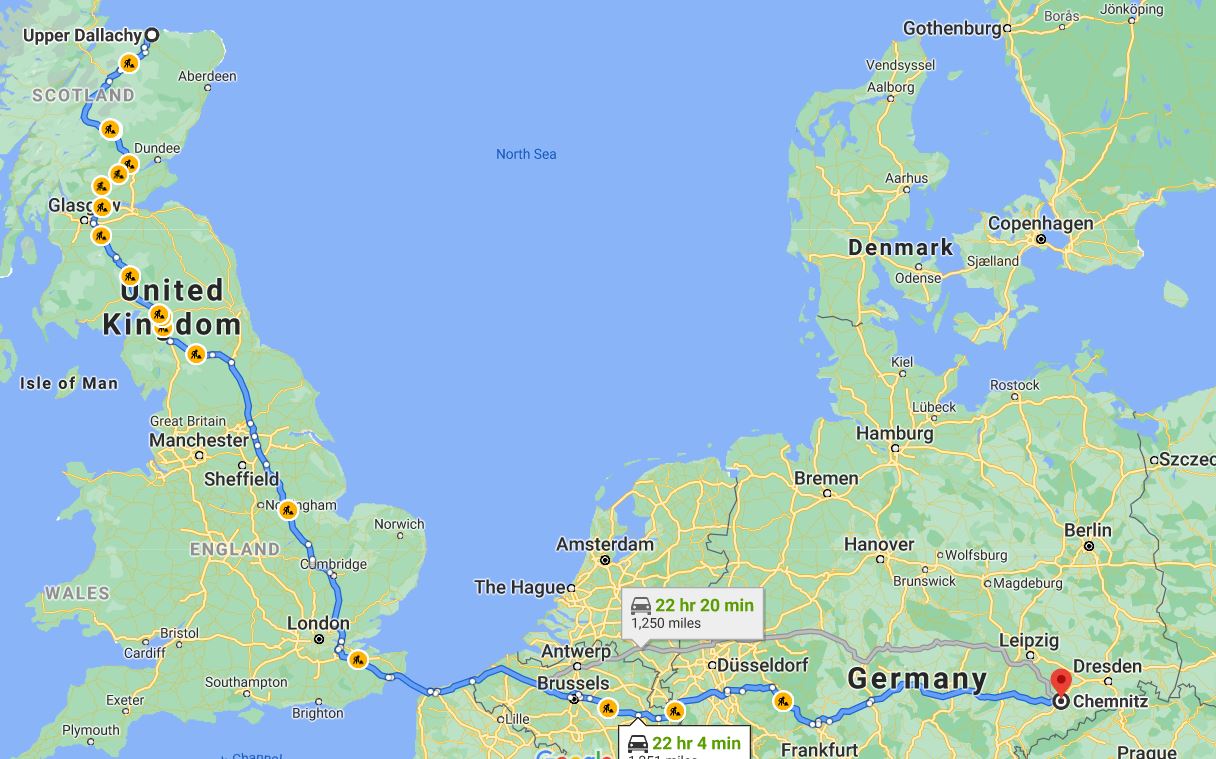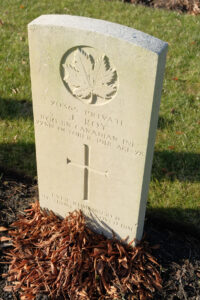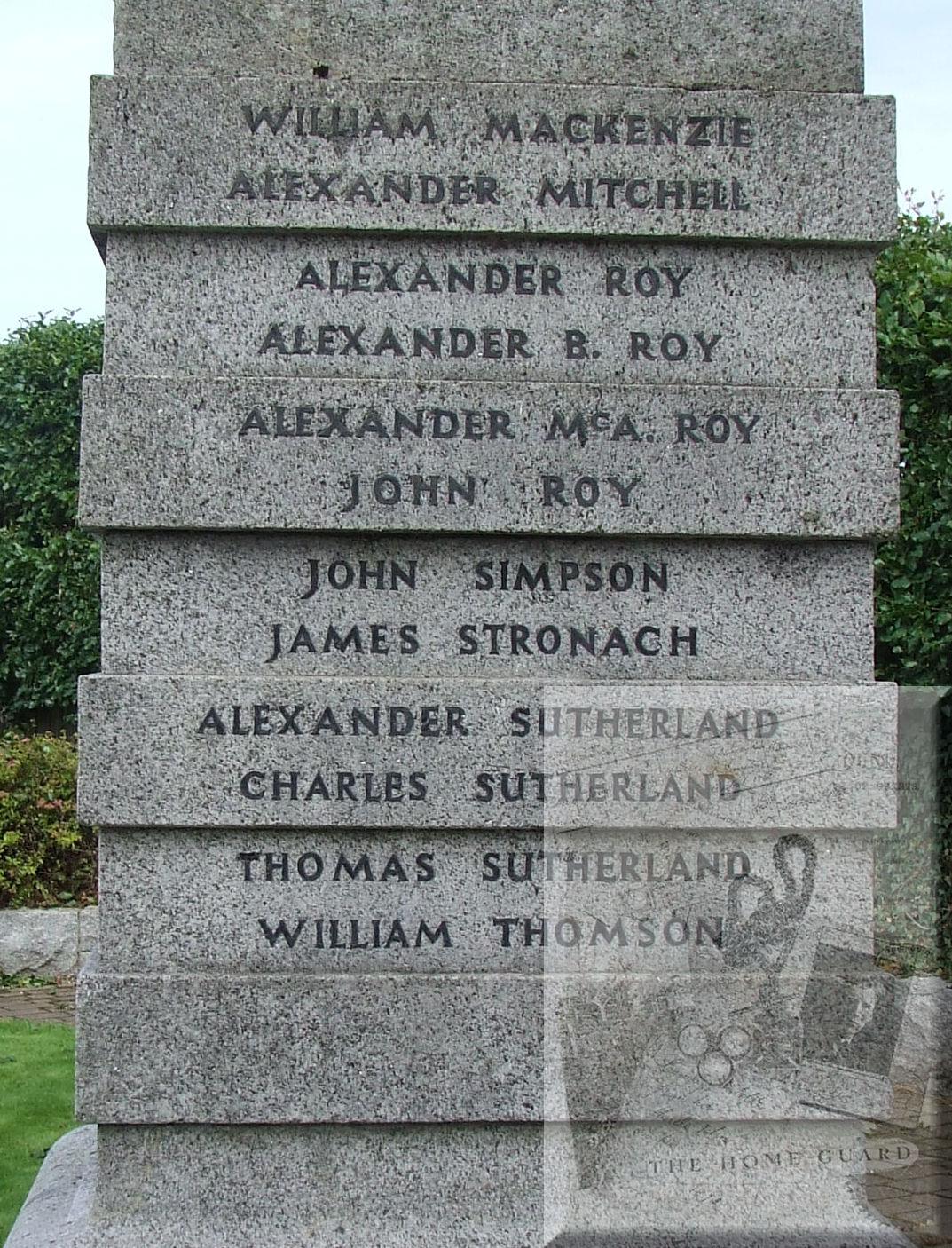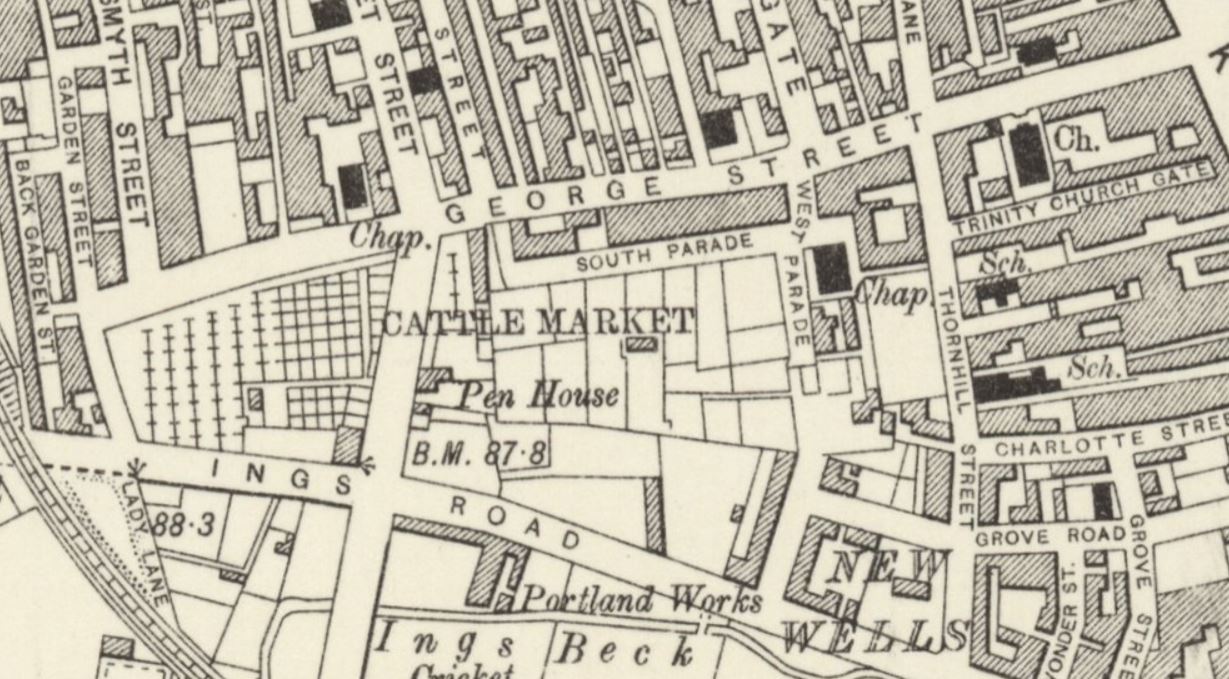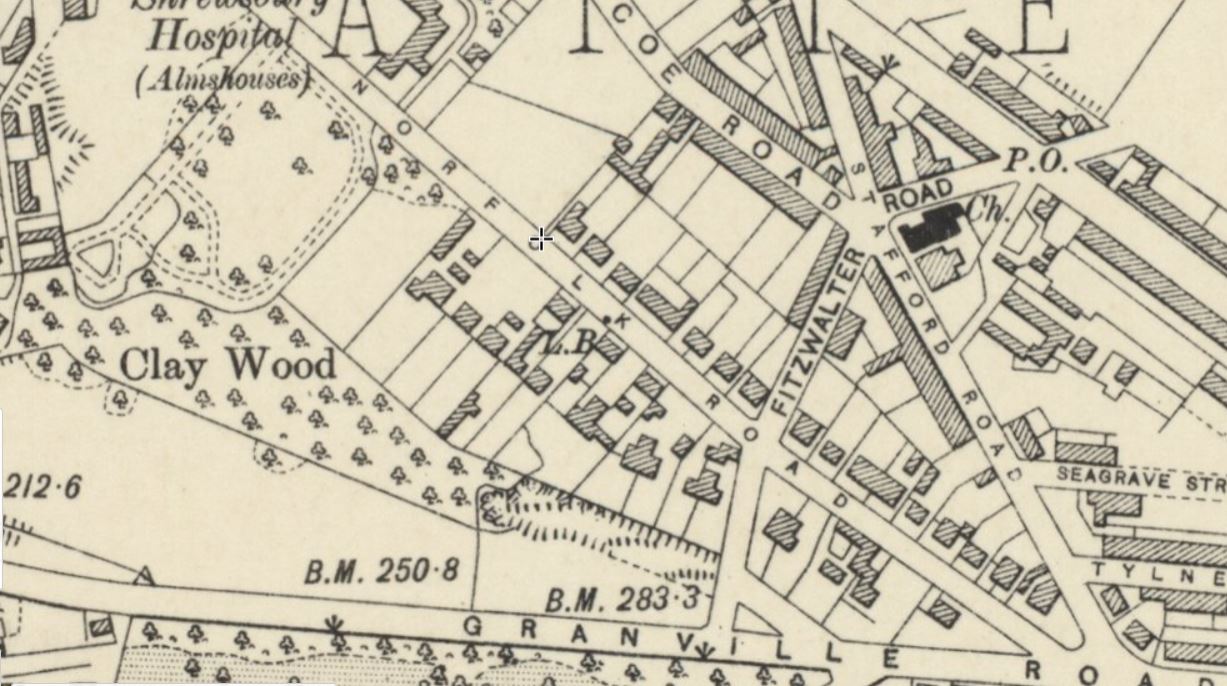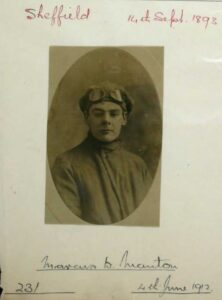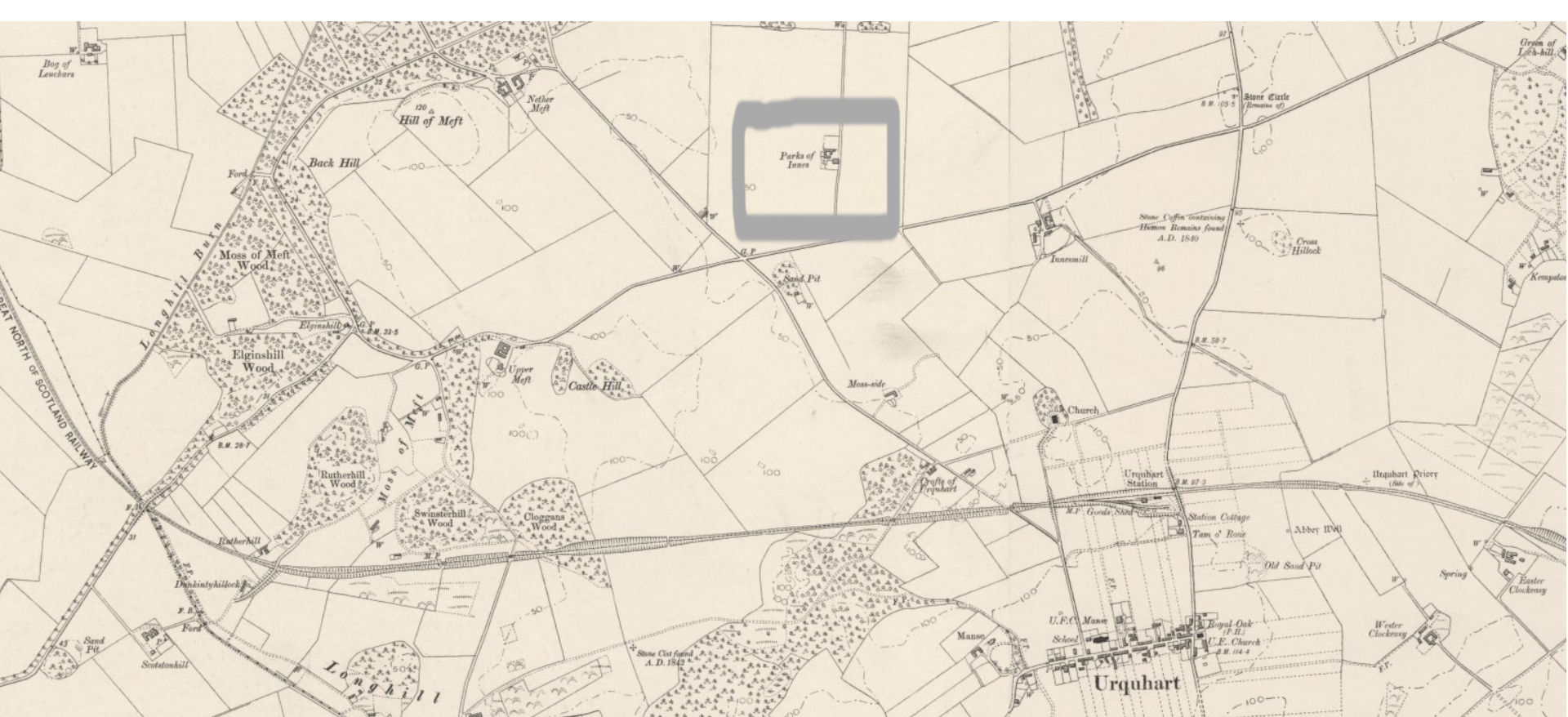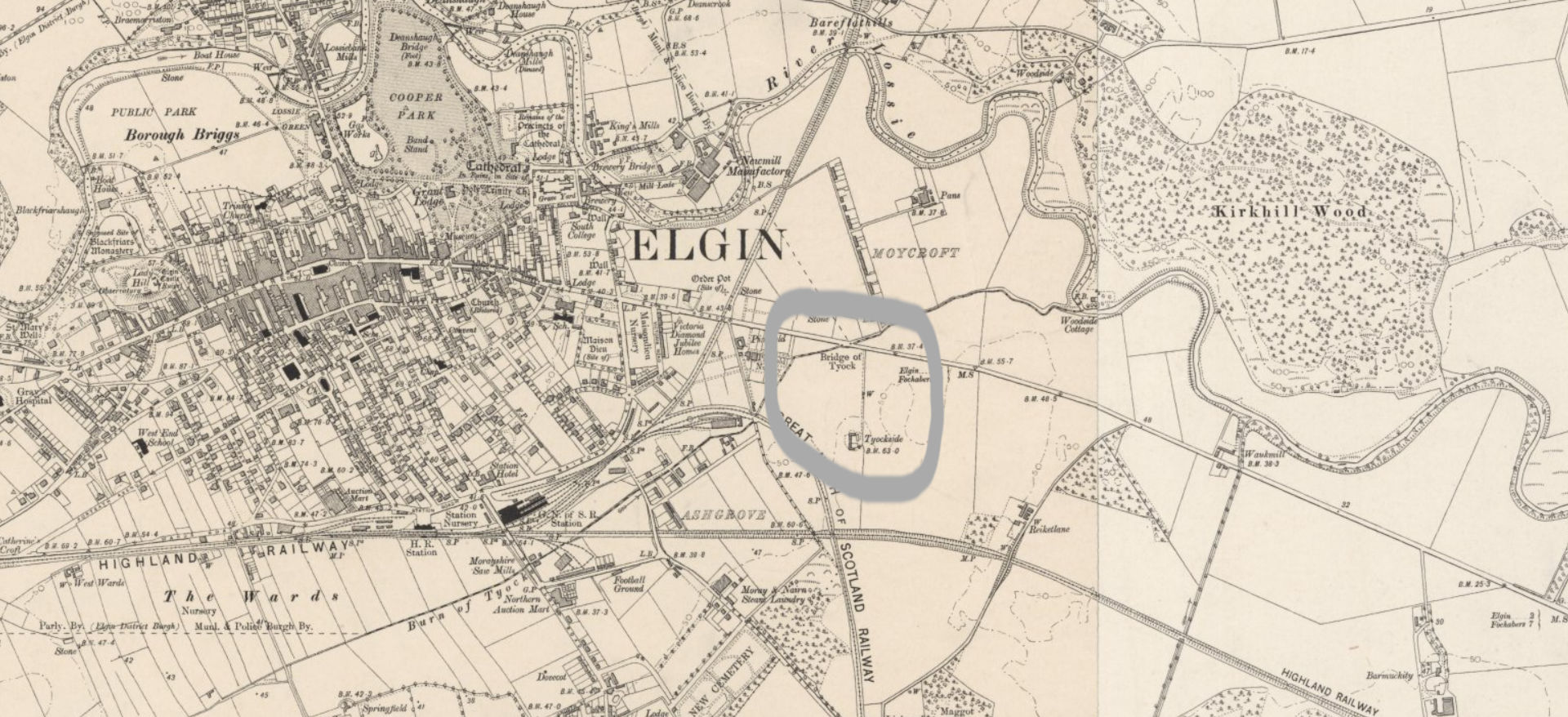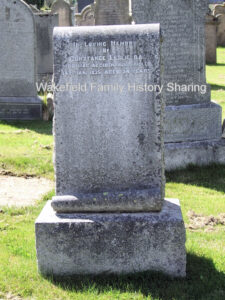A Walk Around Sugar Lane with an Added Surprise!
Why is it when you have a plan, something always gets in the way? In this case, it was two things! The first was out of my control. I’ll not bore you with that, the second was my daughter’s fault! Bless her she sent me a short video of a churchyard and two close-up shots of a tomb. Why did she do that? Being kind and knowing that mum likes that kind of thing, she also sent me a photograph, with details of a war memorial. Last night, I did a little research on the names on the tomb when I should have been writing about Sugar Lane. They were, however, an interesting family who lived in very different times and are worthy of having their story told – later!.
But back to Sugar Lane. From all the photographs I have of this cemetery, I always find it hard to decide which headstone to tell you about. Why did I choose this one? Did I have the slight inkling where it would lead? A subconscious feeling?
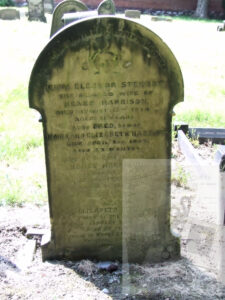
Harrison, MacKenzie, Grace headstone © C Sklinar 2014
The headstone – a rounded top, now darkened with age has the words ‘In Affectionate Remembrance’ following its curve.
The first name on the carved stone is that of Lucy Eleanor Stewart the beloved wife of Henry Harrison. Lucy died on the 10th of August in the year 1874. At first glance, you could think that ‘Stewart’ was her maiden name. Well, if you were in Scotland, it could well be, as older Scottish headstones 99% of the time use the wife’s maiden name. As it happens, this could be the case as Lucy was born in Jedburgh, Scotland. And what a time I had finding her, as in the 1871 census she is Hampshire living with her aunt, Henrietta Powell. Lucy is 18 years old now and has no occupation. Her name was difficult to find as at first glance it looks like ‘Lucy EMc’ with Kenzie written half a line above. By now I was aware that her maiden name was MacKenzie. How did I know this? Her marriage entry in the Parish Register’s held the information. On the 19th of February 1873, Lucy, aged 20, of Clarendon Street, Wakefield, the daughter of William Richard MacKenzie, draper, married Henry Harrison, full age, living on Hatfield Street, Wakefield, a Police Clerk and son of Edward Harrison a chemist, in the beautiful St John’s Church, Wakefield.
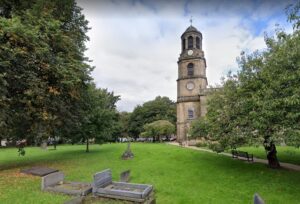
St John’s Church, Wakefield via Google
Both Henry and Lucy signed the register, as did Thomas Ashmore and someone whose name looks like Kington (?). On close look, it could be McKenzie?
Lucy’s short life ended on the 10th of August 1874, after only 18 months of marriage. Probate Administrations were in Wakefield on the 4th of December 1900 – why such a long time between her death and Probate? Her effects totalled £82 11s 5d. By now Henry was a Police Superintendent.
Question? Could Lucy’s death have been due to giving birth? Leonard Stewart Harrison was baptised on the 21st of August 1874 at Holy Trinity Church, Wakefield, after being born on the 4th of the month. Leonard joined the Navy at an early age and by 1911 had been married for 15 years, had two children (aged 15 and 4 years old) and held the rank of Petty Officer and was living in Devonport. He died in 1928. He rests in Harehills Cemetery, Leeds.
Henry married again on the 26th of April 1876 in St John’s Church, Wakefield. His second wife was called Elizabeth Grace, she was aged 23 when she walked down the aisle. Both Henry and Elizabeth were living on Hatfield Street at the time – could this have been how they met? Elizabeth’s father was John Grace, who worked as a joiner. As well as the ‘happy couple’ signing the PR, John Hardman, Betty Lawson and Mark Grace also wrote their names.
In 1881, Henry, Elizabeth and Leonard were living on Wakefield Road, Soothill, nr Dewsbury. Henry was now an Inspector and Clerk of Police aged 32 and stated that he was born in Sheffield.
In 1886 Elizabeth gave birth to a little boy, who they called Fred. Sadly, Fred was to die on April 8th 187 aged 23 months.
Ten years later in 1901, Leonard is no longer in the family home. As we know, he is now in the service of the Queen. Henry and Elizabeth are living in Hook, near Goole. Home is on Escourt Terrace – The Police Station, in fact, the Superintendent’s House. There are two new additions to the family, Anne, aged nine and Henry, aged two. The family seem to have been on the move in the past 10 years as Anne was born in Dewsbury and young Henry in Otley.
Another ten years on and the family now live in the Police Court House, Goole. The family has increased with the addition of Lawrence aged eight and Nowill also eight – were they twins? A look at their birth certificates will tell you as the times of birth would be included. Unlike a Scottish certificate where all times of birth are included regardless of multiple births.
The year 1910 was a sad year for the Harrison’s – Henry died on the 10th of August and his death was registered in the Selby Registration District. Henry of Barff Holme, Brayton Road, Selby had his Probate granted on the 26th of September when Elizabeth was responsible for £1144 12s 3d.
1911, Elizabeth now aged 58 included information about her marriage and children, don’t you just love Elizabeth! She added that she had been married 34 years, had had 6 children and two had sadly died. On census night included with Elizabeth were Henry, Lawrence and Nowill, along with Edith Hardman, a cousin, aged 40, who was the housekeeper.
A clue to what happens next can be found on the base of the families headstone. ‘Elizabeth Harrison widow of the above (Henry) died January 22nd 1927 aged 74 years interred in Mount Royal Cemetery Montreal Canada’.
On the 19th of June 1914, Elizabeth, Henry, Nowill and Olive E (Who is she?) disembarked at Quebec after being onboard the vessel SS Tunisian. Olive, it appears, was going to Canada to marry!
In 1916 Lawrence was living at 317 Gordon Avenue, Verdun, Quebec. with his mother. He worked as a teacher but on the 4th of March, he Attested into the Canadian Army. He was 25 years old, rather small in height at only 5′ 3″. He had fair hair, blue eyes and a fair complexion and signed his name with a very fine hand. Serving as Sgt, 3082370 in the 1st Quebec Regiment. On the 14th of March, 1918, his enlistment was cancelled. In between time he was back in Yorkshire but appears never to have gone to Europe. His Canadian Service Records hold a great deal of information.
Henry Jnr also served in the Canadian Forces and at the time of his enlistment was married to Charlotte. Henry, taller than his younger brother was 5′ 10″ tall and again had fair hair, blue eyes and a fair complexion. He also had a scar on his right forearm from an accident in 1909. Serving as 2753299, he held the rank of C.S.M (Company Sgt Major). And again, so much information about him is included in his Service Records.
Henry, Lawrence and Nowill married and had families.
Nowill and Henry are not mentioned on the family headstone, however, a little about them adds to their families information.
One thing I did find and was it was quite a surprise! When researching Elizabeth Grace is that she is connected to the Grace family I link into – another relative or two added to the tree, albeit at a bit of a distance.
The story of this headstone comes to an end. From a few names and dates on a headstone, another story has been told.
